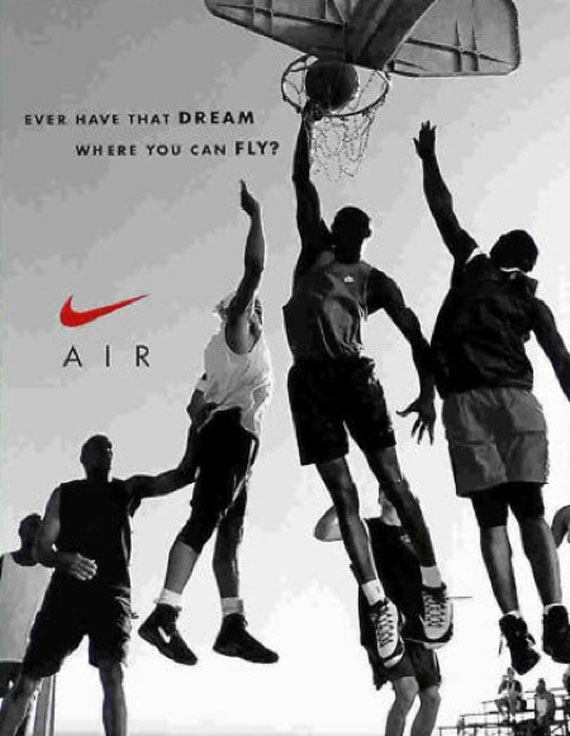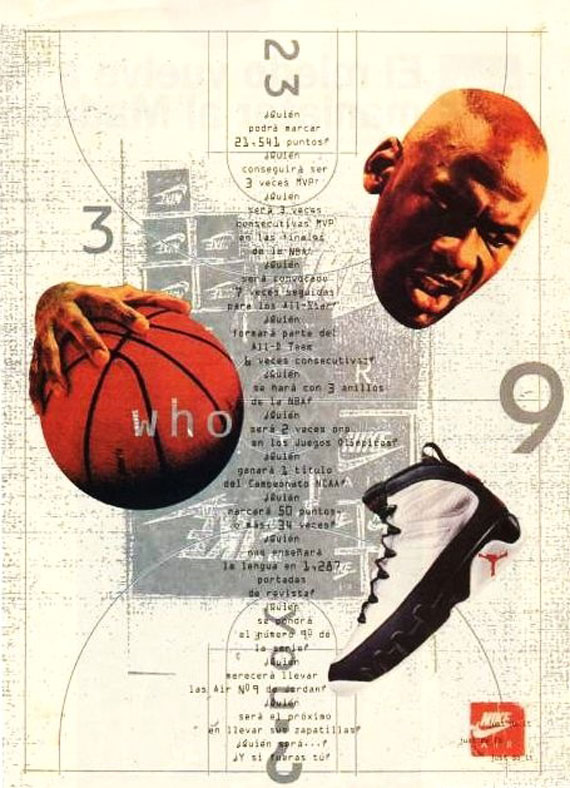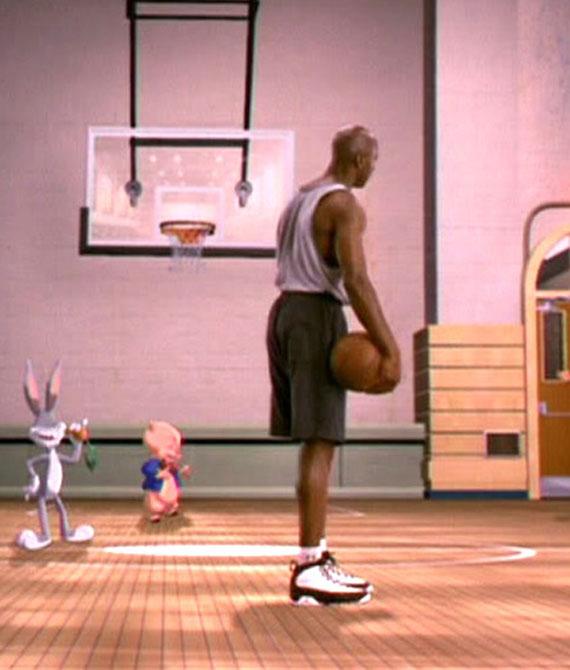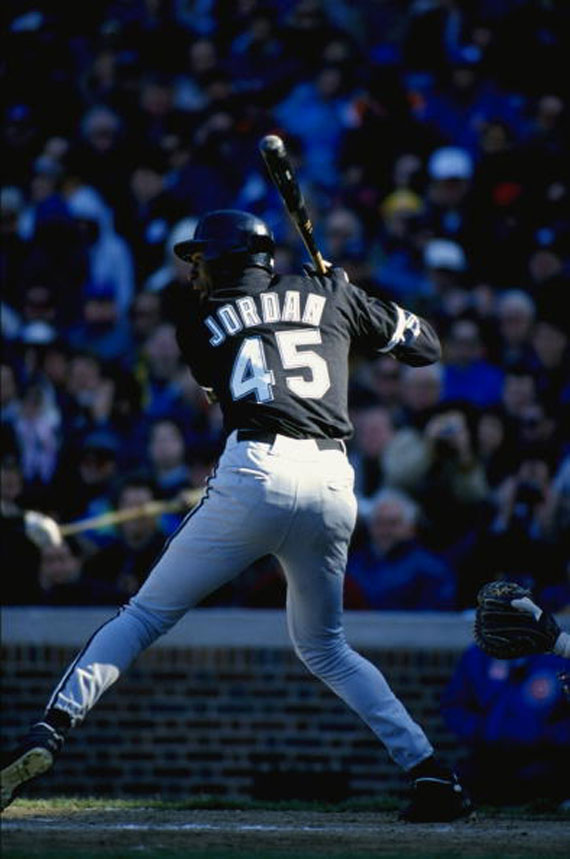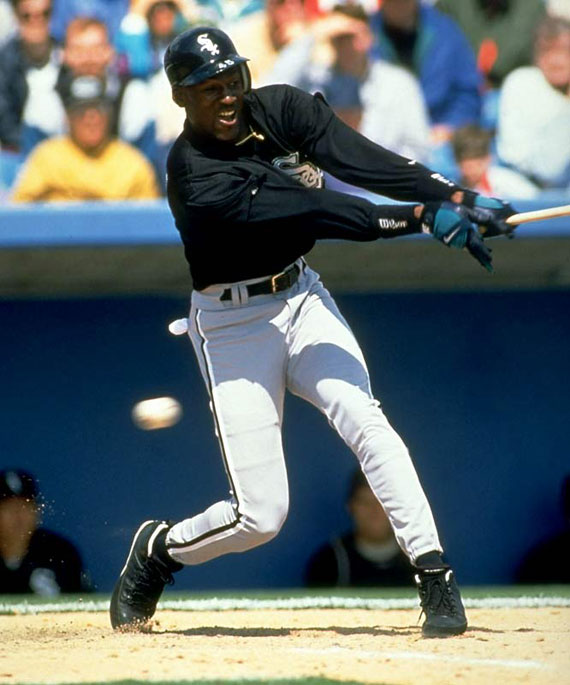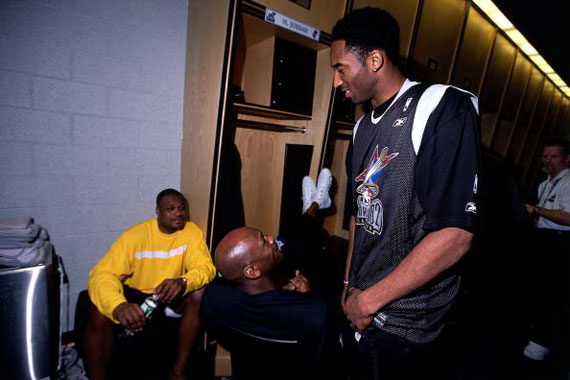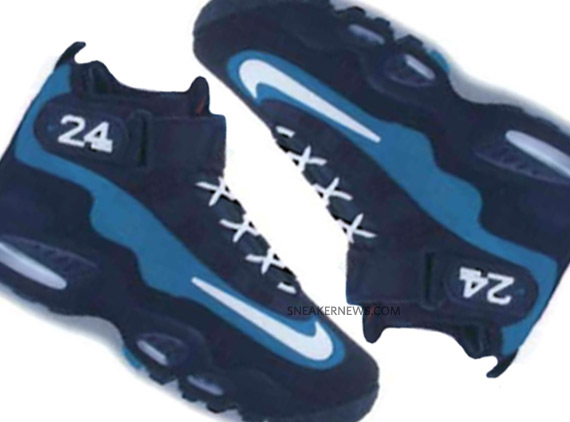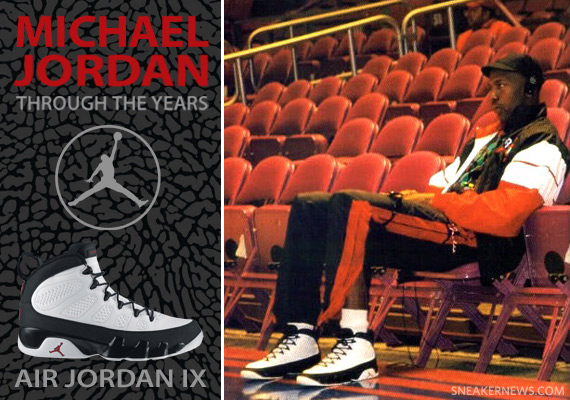
It was a tough pill to swallow. Jordan fans and the Chicago Bulls faithful were aghast at the words of “I have nothing else to prove.” A man at the peak of his prime with a kingdom at his fingertips turned his back on the game and decided that he’d had enough. Retiring at the peak of one’s career when everything seemed to have been going peachy-keen may seem like a surprising development, but during the season prior to the decision, Michael had already expressed a desire to leave the game after the season was over. The joyful high following his third straight NBA Championship soon plummeted, as Michael’s father was tragically murdered and left for dead after a botched robbery. This event put Michael’s life into perspective – and the decision was made that the basketball phase had passed. On October 6th, 1993, Michael Jordan retired from the game of basketball, and in a more shocking turn of events, Jordan signed a contract with the Birmingham Barons – the Minor League affiiliate of the Chicago White Sox.
The decision to play baseball was to honor his late father, who always envisioned his son Michael as a Major League Baseball player. Although his talents didn’t transfer from the hardwood to the diamond, Jordan was still a giant fan attraction and brought some positive light to a professional sport that was marred in financial troubles. Would Michael come back to basketball? That question would remain unanswered, but like a true superstar is supposed to do, Michael left a very good Chicago Bulls team upon his retirement, and the Bulls won 55 games without Michael during the 1993-94 NBA Season. On November 1st, 1994, Michael Jordan’s jersey number was retired by the Chicago Bulls, and a commemorative statue was erected in front of the United Center.
While Michael Jordan retired, the Air Jordan did not; Tinker Hatfield once again was the spearhead behind the next Air Jordan shoe, emphasizing Jordan’s international fame and profound influence and using Japanese simplicity as the theme. The bottom sole was used as a canvas to pay tribute to Jordan, as his characteristics were spelled out in various languages – words like ‘fuerza’, which noted Jordan’s force, and ‘intenso’, which pointed to his intensity. Other notable design elements of the Air Jordan IX was the ‘speed-lacing’ system, which featured elevated lace-hoops, an emblem of a globe on the heel, and the perforated panels on the upper, providing breathability in the shoe. While Jordan never wore the Air Jordan IX as a Chicago Bull, he did wear the ‘Cool Grey’ version during his days as a Washington Wizard. Michael also wore the cleated version of the Air Jordan IX during his baseball career, and also wore the original White/Black-True Red colorway during the movie ‘Space Jam’. The Air Jordan IX was also immortalized on the statue, as Tinker Hatfield selected the Air Jordan IX design to be permanently engraved into Michael’s legacy. It was time for Michael and the Air Jordan to move into other directions; basketball was no longer on the horizon. How would Michael, Tinker, and the world respond? Continue reading for a detailed look at Michael Jordan and the Air Jordan IX, and stay tuned to Sneaker News for the next installment of Michael Jordan Through The Years.



